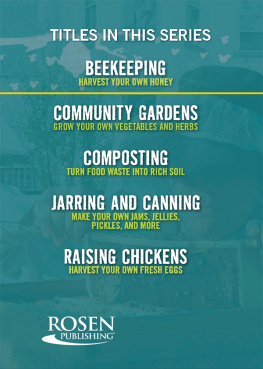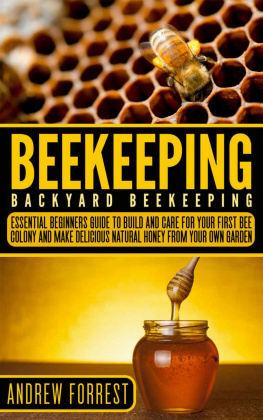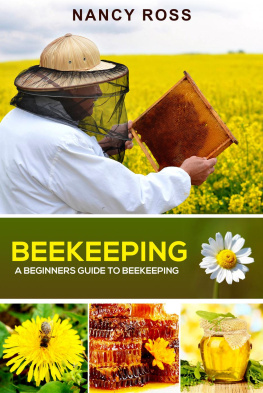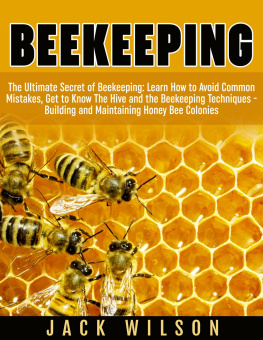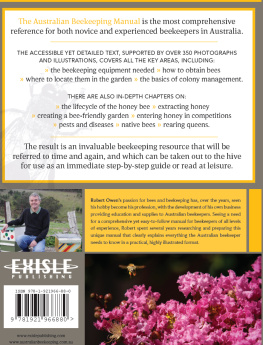Sarah Jacobs - Beekeeping: The Ultimate Beginners Guide to Learn Managing Bees
Here you can read online Sarah Jacobs - Beekeeping: The Ultimate Beginners Guide to Learn Managing Bees full text of the book (entire story) in english for free. Download pdf and epub, get meaning, cover and reviews about this ebook. year: 2020, publisher: Self Publisher, genre: Home and family. Description of the work, (preface) as well as reviews are available. Best literature library LitArk.com created for fans of good reading and offers a wide selection of genres:
Romance novel
Science fiction
Adventure
Detective
Science
History
Home and family
Prose
Art
Politics
Computer
Non-fiction
Religion
Business
Children
Humor
Choose a favorite category and find really read worthwhile books. Enjoy immersion in the world of imagination, feel the emotions of the characters or learn something new for yourself, make an fascinating discovery.

- Book:Beekeeping: The Ultimate Beginners Guide to Learn Managing Bees
- Author:
- Publisher:Self Publisher
- Genre:
- Year:2020
- Rating:3 / 5
- Favourites:Add to favourites
- Your mark:
Beekeeping: The Ultimate Beginners Guide to Learn Managing Bees: summary, description and annotation
We offer to read an annotation, description, summary or preface (depends on what the author of the book "Beekeeping: The Ultimate Beginners Guide to Learn Managing Bees" wrote himself). If you haven't found the necessary information about the book — write in the comments, we will try to find it.
Book 1: Beekeeping can be a great hobby and/or business. Many people have made it work for them, either as a side activity or as a fulltime job.
In order for you to make beekeeping a regular pastime, you have to know what youre doing. Guides like these are especially designed to help you along the way. In this book, for example, you will hear about:
- Honey tips and tricks.
- How to harvest honey more effectively.
- How to prevent bee stings.
- Why bumblebees are so much different from other bee races.
- How to control and manage the bees.
- The overall pros and cons of a beekeeping business.
And so much more! Youd be surprised how much information you can find in only a small number of pages. Go ahead and check it out.
Book 2: This book will help you understand beekeeping and bees in general better. After some remarks about planning and beehive types, several topics will be addressed, such as:
- What yellow coats or jackets can do.
- Which bee houses there are, and which ones work best for which bees.
- Hiving a swarm.
- How to pick the right apiary site.
- The difference between the queen bees, the workers, and the drones.
- And several other tips you will need to get started.
Get this important piece of information from this brief guide now!
Book 3: Are you interested in beekeeping?
Are you wondering how you can make a beekeeping business profitable?
These are just two of the many questions that will be answered in this book. Along with an extensive business plan, this guide offers information about bee stings and diseases, the anatomy of bees, pollinators, swarms, packaged bees, honey business, and so much more. You cannot mis this essential gem of a book. Get it now!
Sarah Jacobs: author's other books
Who wrote Beekeeping: The Ultimate Beginners Guide to Learn Managing Bees? Find out the surname, the name of the author of the book and a list of all author's works by series.

